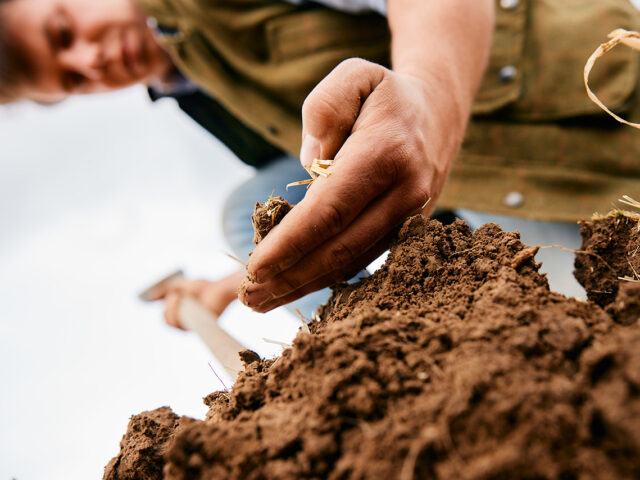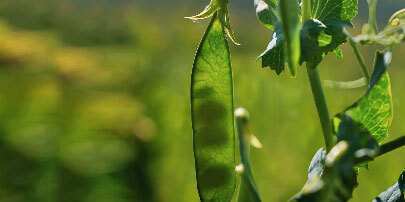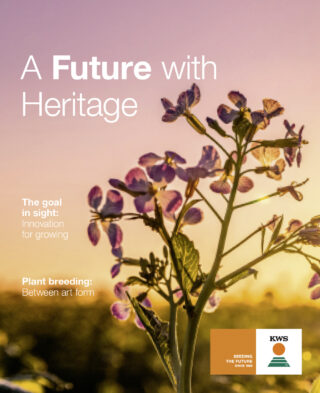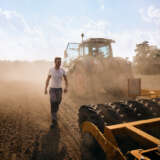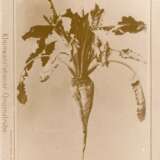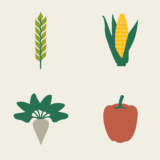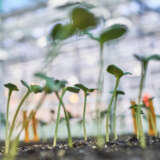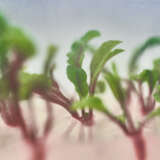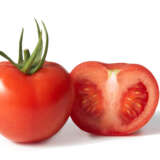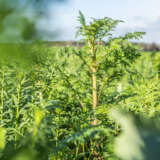We know
our farmers.
And their soils!
Soils are the basis for our food production and, consequently, the most important production factor in agriculture. And since we know our farmers in more than 70 countries around the world, we know what their soils need for long-term yields!
Brazil
Acidic soils of the Cerrado in the southeast interior
The highlands are the most important farming region; they have a very old geological origin and acidic soils that weathered over thousands of years. In some of the southern regions, old basaltic spills have created soils with a high level of natural fertility.
Chile
Many different soil types in the country of volcanoes
The soils consist mainly of very old rock and volcanic ash. Nutritious alluvial soils and soils that were created from melting snow are common in the southern plains of Patagonia, among other locations in the country.
France
The bright chalk soils of the Champagne region
White soils with a high chalk content that strongly reflect sunlight. As a result, the soils warm up slowly in spring. They have an enormous water-holding capacity.
Egypt
Historical alluvial land on the Nile
The Nile Delta is one of the oldest farming regions in human history. The heavy, fertile soils hold water; several harvests per year are possible.
Turkey
Fertile chalky soils in the Anatolian highlands
The soils characterized by a high chalk content and clay are not always easy to farm. The soils have a high pH due to the mix of chalky subsoil and the area‘s arid climate.
Kazakhstan
Challenging soils of the Kazakh Steppe
The dry steppe soils, shaped by the area's high temperatures in summer, pose challenges for farming. Vast areas that do, however, yield less per area unit than in areas with better climate conditions.
Germany
Börden – the fertile lowlands and expansive grain-growing areas of northern Germany
Traditional farming locations with deep loess soils and black earth. The soils in these areas are good to farm and have a high water-holding capacity.
Morocco
Doukkala, one of Africa’s most fertile regions
Mild loamy soils that are shaped by a moderate climate and the water from the melting snow of the Atlas Mountains. Several harvests per year are possible.
China
Fertile phaeozem in the country's northeast
Four distinct seasons, especially long periods with cold winters that slow down the activities of micro-organisms in the subsoil. A high humus content makes the soil nutritious and fertile.
Russia
Nutritious soils in the Eurasian Black Earth region
Chernozem, or black earth, has a high humus content that colors the soil black and makes it fertile. Not always easy to farm.
United States
Humus-rich soils in the corn belt of the Midwestern United States
The black chernozem soils of the US corn belt have a very high content of organic substances and can supply plants with water very well. The exceptionally fertile soils have developed over the millennia under perennial prairie grass.
Argentina
The Pampas as the center of farming
Mollisols are found in the Humid Pampas – rich in minerals, they are among the most fertile soils in the world. Northeast Argentina is home to the alfisols, which are located in extensive humid, subtropical regions.
#5 “Home idyll or global competition – how international is agriculture?”
